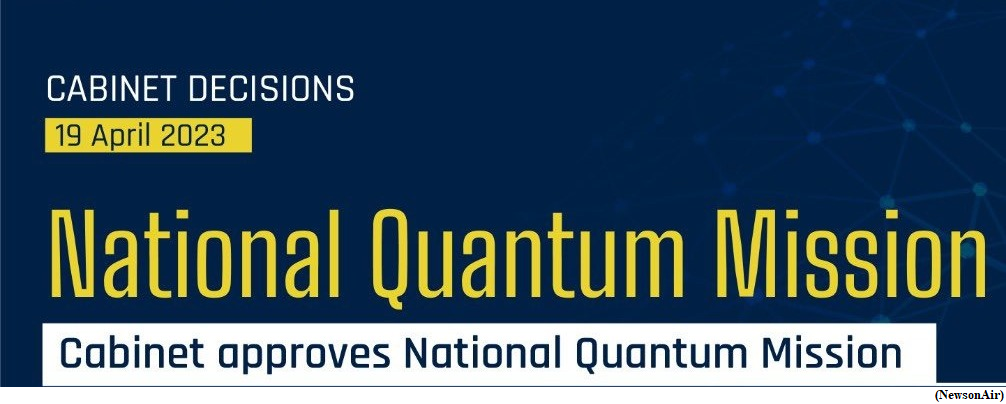India’s population to edge ahead of China’s by mid-2023, says UN (GS Paper 3, Economy)

Why in news?
- Recently, the United Nations released the State of World Population Report, 2023 of the UN Population Fund (UNFPA).
- The world’s population hit the 800-crore mark in November 2022.
Key Highlights:
- India is set to overtake China to become the world’s most populous country by the middle of 2023.
- India’s population is pegged to reach 142.86 crore against China’s 142.57 crore. This shows India will have 29 lakh more people than its Asian neighbour.
- The United States is a distant third, with an estimated population of 34 crore.
- Just eight countries will account for half the projected growth in global population by 2050: the Democratic Republic of Congo, Egypt, Ethiopia, India, Nigeria, Pakistan, the Philippines and the United Republic of Tanzania; while two-thirds of people now live in a country where lifetime fertility corresponds with zero growth.
Family Planning:
- At a time when there have been increasing calls for imposing a two-child norm in India by various political leaders, and some States such as Assam have issued an order in 2021 to bar those with more than two children from government jobs.
- It called for a radical rethink on how countries address changing demographies and cautioned against use of family planning as a tool for achieving fertility targets.
- Global experience showed that family planning targets can lead to gender-based discrimination and harmful practices such as prenatal sex determination leading to sex-selective abortion.
- Imposition of such targets can lead to imbalanced sex ratios, preferential health and nutrition for male children, denial of the paternity of girl children, violence against women for giving birth to girl children, and coercion of women to have fewer or greater numbers of children.
Way Forward:
- With close to 50% of its population below the age of 25, India has a time-bound opportunity to benefit from the demographic dividend.
- India must convert this into “economic benefits through additional investments in health, education, and quality jobs for young people including targeted investments in women and girls.”
Why is a star-planet pair emitting radio signals?
(GS Paper 3, Science and Technology)
Why in news?
- YZ Ceti b is a rocky, earth-sized exoplanet rotating around a small red dwarf star, YZ Ceti, barely 12 light-years from Earth.
- Astronomers have detected a repeating radio signal from this exoplanet, suggesting the presence of a magnetic field, one of the prerequisites for a habitable planet around it.

How was the discovery made?
- The discovery was made by Jackie Villadsen from Bucknell University, Pennsylvania, and Sebastian Pineda from the University of Colorado, Boulder, using the Karl G. Jansky Very Large Array radio telescope in New Mexico.
- They had to make multiple observations before they could detect the radio signals from the star YZ Ceti, which seemed to match the orbital period of the planet YZ Ceti b.
- From this, they deduced that the signals were a result of the interaction between the planet’s magnetic field and the star.
Why does the magnetic field matter?
- Just as energy surges from the sun sometimes disrupt telecommunications on earth and damage orbiting satellites, intense bursts of energy from the YZ Ceti star-exoplanet exchange produce spectacular auroral lights.
- These radio waves, strong enough to be picked up on earth, confirmed the existence of an exoplanetary magnetic field.
- Such signals can only be produced if the exoplanet orbits very close to its parent star and has its own magnetic field to influence the stellar wind and generate the signals.
What does this mean for YZ Ceti b?
- YZ Ceti b has a small orbit. Since the mid-1990s, astronomers have found hundreds of planets orbiting stars similar to the sun.
- To have an atmosphere and sustain water, a planet has to be at a certain distance from its star (in orbits said to be in the star’s “Goldilocks zone”), or it will get burnt.
- Earth, for example, would have been a lot more like Venus if it had been just a little closer to the sun or cold like Mars if it had been any farther.
- Astronomers believe nearly 30% of all star systems discovered could potentially have “Goldilocks zones”.
How common are such magnetic fields?
- With such overwhelming numbers, it always stood to reason that strong planetary magnetic fields should be common outside the solar system.
- Nevertheless, despite many of the larger exoplanets detected being found to possess magnetic fields, planetary scientists have never been able to identify such fields on smaller, rocky exoplanets, until now.
- If the latest findings are confirmed by further research, they will confirm their method’s ability to lead to the “magnetic characterisation of exoplanets”.
- This is important because the survival of a planet’s atmosphere may well depend on its having, or not having, a strong magnetic field, since the field protects its atmosphere from being eroded by the charged particles from its star.
What happens next?
- Longer-term monitoring of YZ Ceti b is important to confirm these results and further investigate the properties of the radio signals.
- These findings will help astronomers learn more about rocky worlds in the deepest reaches of space running rings around their parent stars.
Cabinet approves National Quantum Mission
(GS Paper 3, Science and Technology)
Why in news?
- Recently, the Union Cabinet approved the National Quantum Mission (NQM) at a total cost of Rs.6003.65 crore from 2023-24 to 2030-31.

Aim:
- It aims to seed, nurture and scale up scientific and industrial R&D and create a vibrant & innovative ecosystem in Quantum Technology (QT).
- This will accelerate QT led economic growth, nurture the ecosystem in the country and make India one of the leading nations in the development of Quantum Technologies & Applications (QTA).
Target:
- The new mission targets developing intermediate scale quantum computers with 50-1000 physical qubits in 8 years in various platforms like superconducting and photonic technology.
- Satellite based secure quantum communications between ground stations over a range of 2000 kilometres within India, long distance secure quantum communications with other countries, inter-city quantum key distribution over 2000 km as well as multi-node Quantum network with quantum memories are also some of the deliverables of the Mission.
Applications:
- The mission will help develop magnetometers with high sensitivity in atomic systems and Atomic Clocks for precision timing, communications and navigation.
- It will also support design and synthesis of quantum materials such as superconductors, novel semiconductor structures and topological materials for fabrication of quantum devices.
- Single photon sources/detectors, entangled photon sources will also be developed for quantum communications, sensing and metrological applications.
T-Hubs:
- Four Thematic Hubs (T-Hubs) will be set up in top academic and National R&D institutes on the domains:
- Quantum Computing,
- Quantum Communication,
- Quantum Sensing & Metrology and
- Quantum Materials & Devices.
- The hubs which will focus on generation of new knowledge through basic and applied research as well as promote R&D in areas that are mandated to them.
Way Forward:
- NQM can take the technology development eco-system in the country to a globally competitive level.
- The mission would greatly benefit communication, health, financial and energy sectors as well as drug design, and space applications.
- It will provide a huge boost to National priorities like digital India, Make in India, Skill India and Stand-up India, Start-up India, Self-reliant India and Sustainable Development Goals (SDG).




